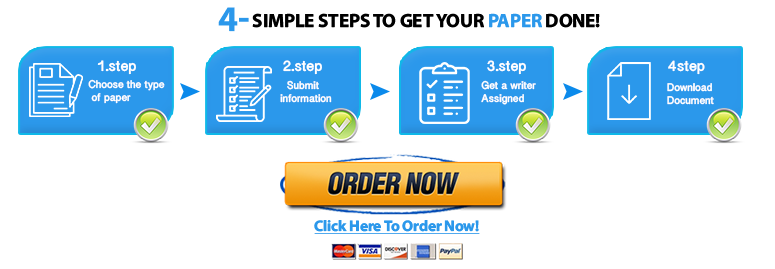Transitioning the Football Coaching Career Paper
Question Description
Final Project & Grading Rubric
225 points
REVISION: There should be CLEAR EVIDENCE of revisionand/or improvement based on Rough Draft feedback and other comments.
LENGTH: The text should be at least 3,000 words but no more than 4,000 words (12-15 pages). This does not include title page, bibliography, citations, or quotations. Use 12-point Times New Roman font and 1” margins. Double space and omit additional lines between paragraphs. Insert word count at the bottom of the last page.
Remember – if you are doing a non-traditional research project, you are required to include a Process Paper.
TITLE PAGE: Include a title page for a class paper (not a dissertation or thesis) for your chosen style. If you are not completing a research paper, you may not need this element. Confirm with instructor.
PAGE NUMBERS: Insert page numbers according to your chosen style manual.
THESIS: Develop a strong, direct thesis. The thesis addresses the debatable research argument based on your evidentiary support. Keep it at the beginning of your paper, in the first or second paragraph.
PARAGRAPHS & TRANSITIIONS: Write with topical paragraphs (minimum 3-5 sentences). Do not use headings in the body of the paper; instead, use good paragraph transitions and introductory sentences. Every paragraph should reference your thesis.
WRITING: Use standard practices in spelling, punctuation, and grammar. Use consistent tense, voice, and person throughout your paper. You are strongly encouraged, but not required, to take your final draft to the Writing Lab for a Final Paper Reading Session. Due to limited number of readers, make appointments now with the Writing Lab. You may also access the Writing Lab website for help with grammar and active voice.
INTERDISCIPLINARITY: As the final requirement of your Bachelor of General Studies degree, the
capstone project unites your interdisciplinary coursework (i.e. the other stones) in the pursuit of
meeting research objectives and finding the answer(s) to a relevant issue. That means you should call
upon the content and methods learned through the four areas of study of your General Studies program
(Communication, Information Literacy, Problem Solving/Decision Making, and Community Leadership).
You can accomplish this by varying your sources, exploring different disciplinary methodologies, and
considering the perspectives of multiple scholars.
SOURCES: You must include AT LEAST 10 sources in your project, the majority of which should be professional and scholarly. Of these 10, AT LEAST 3 must be scholarly journal articles and AT LEAST 3 must come from another discipline. Choose high-quality sources that are relevant to your topic. Sources should include sufficient quality and variety to develop and support your thesis/objectives and demonstrate thorough research. You are encouraged to use primary sources, if applicable.
*Be sure to include different types of source material (books, journals, periodicals, websites, etc.) as
well as perspectives from multiple disciplines. Consider your various BGS courses and utilize the
different kinds of valuable sources you discovered.
CITATIONS: Provide appropriate in-text citations (parentheticals or footnotes) from different sources and include a reference list/bibliography at the end. Carefully review format to ensure that citations and references/bibliography are complete and correct.
PROOFREAD: Proofread, proofread, proofread! Read the text of your project aloud to detect awkward sentence construction and spelling errors. Ask someone else to read and provide feedback.
*Submit your final paper to eLearning by the assigned deadline. Late submissions will not be accepted. Notify the instructor as soon as possible if you have an emergency.


